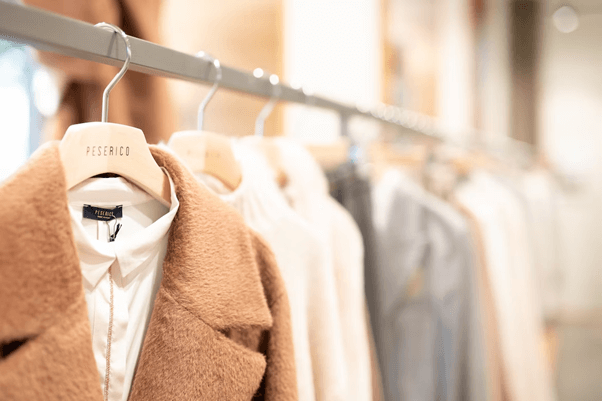Clothing serves as more than just a means of protection or self-expression. Throughout history, dress codes have played a significant role in different settings, from schools to workplaces and social events.
The Evolution of Dress Codes
From ancient civilizations to modern society, dress codes have evolved in response to cultural norms, social hierarchy, and practicality. In ancient Mesopotamia, dress codes were dictated by societal norms and religious beliefs, with sumptuary laws regulating what different classes could wear. During the medieval period, dress codes were used as markers of social status and hierarchy, with sumptuary laws strictly controlling clothing materials, colors, and accessories based on one’s social class. The Renaissance period witnessed the emergence of sumptuary laws that aimed to distinguish between different social classes, reinforcing existing hierarchies. In the 20th century, dress codes became more relaxed and focused on appropriateness for specific occasions, with the rise of ready-to-wear clothing.
Understanding the Purpose of Dress Codes
Dress codes serve various purposes, including promoting professionalism, ensuring safety, instilling discipline, and preserving tradition. Dress codes in schools help minimize distractions, create a sense of community, and encourage modesty among students.
Workplace dress codes project a professional image, establish credibility, and maintain a cohesive brand identity. Dress codes in religious institutions emphasize modesty, respect for tradition, and adherence to religious beliefs. Social event dress codes set the tone, formality, and ambience, ensuring a cohesive and enjoyable experience for attendees.
The Influence of Dress Codes in Different Settings
Schools, workplaces, religious institutions, and social events all have specific dress codes that reflect their values, expectations, and the nature of their environments. Many schools require uniforms or have dress codes that help students focus on their studies rather than their appearance. Workplaces often have dress codes that align with their brand image, industry standards, and client expectations. Religious institutions have dress codes to honor their beliefs, promote modesty, and create a sense of sacredness. Weddings, parties, and other social events may have dress codes to create a specific atmosphere and ensure visual cohesion.
Advantages of Buying Used Clothes in Bulk for Dress Codes
Purchasing used clothes in bulk provides a cost-effective solution for meeting dress code requirements while also promoting sustainability and individual style. Buying used clothes in bulk allows for a larger selection of clothing at lower prices, making it easier to adhere to dress code expectations. By opting for secondhand clothing, individuals can contribute to reducing the environmental impact of the fashion industry. Buying used clothes in bulk encourages creativity and personal style, as vintage and unique items can be found. Used clothes often have already passed their initial shrinking or fading stage, ensuring a better fit and longer-lasting garments.
Tips for Buying Used Clothes in Bulk
Considerations such as quality, condition, sizing, and variety are key when purchasing used clothes in bulk for dress code purposes. Thoroughly inspect each item for any damages or signs of wear and tear to ensure durability. Check measurements and sizes carefully, as sizes of clothing can vary across brands and time periods. Look for reputable sellers or thrift stores with positive feedback to ensure a good shopping experience. Consider buying in bulk from online marketplaces or participating in clothing swaps to increase variety and cost savings.
Conclusion
Dress codes have deep-rooted historical significance, serving as a reflection of societal norms and values. While they may sometimes seem restrictive, dress codes aim to maintain order and create a suitable environment for various settings. Buy used clothes in bulk not only offers a practical solution to meet dress code requirements but also promotes sustainability and individual style. By understanding the historical and cultural significance of dress codes, we can navigate these regulations with a sense of respect, creativity, and affordability.





Be First to Comment